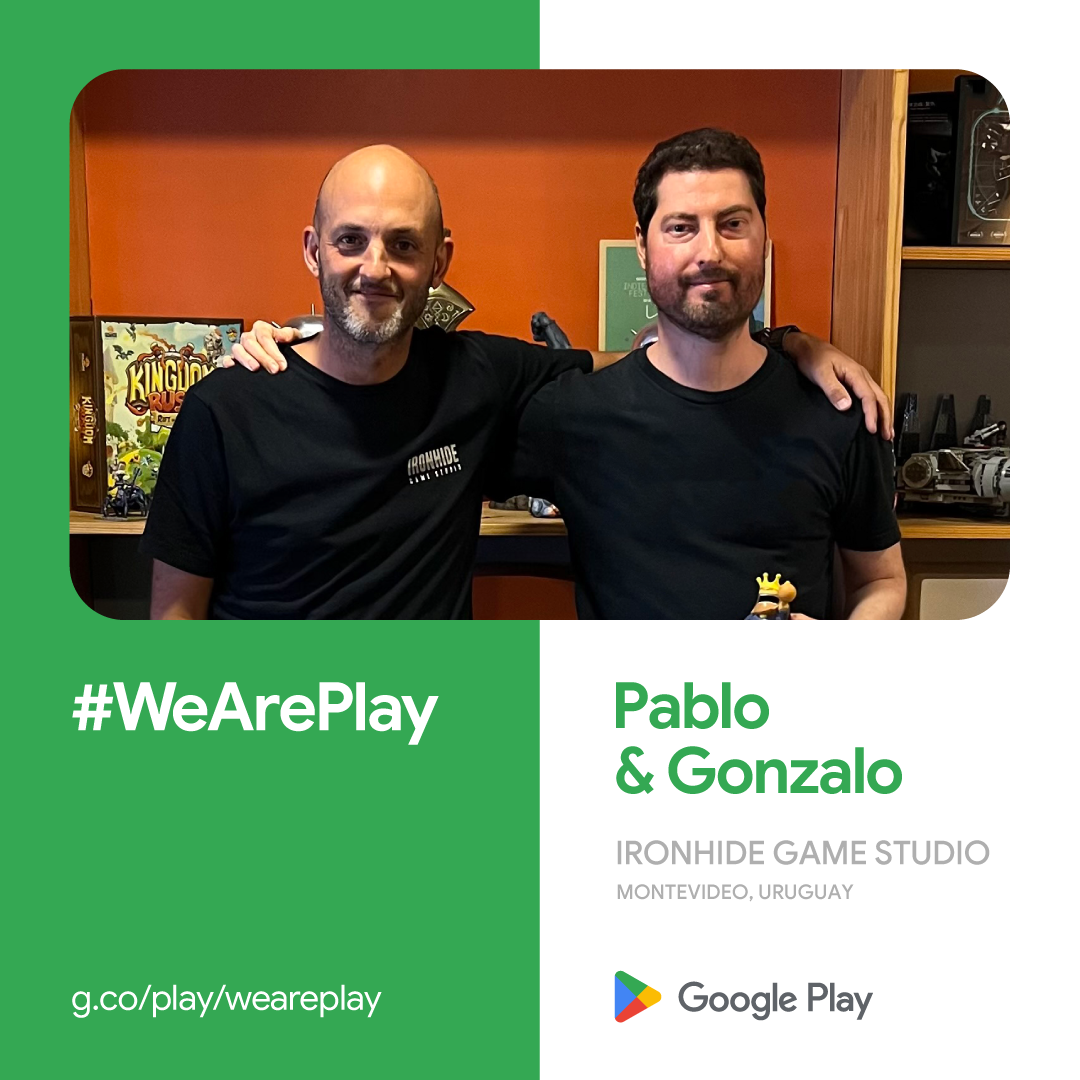
Our annual Playtime event series kicks off tomorrow, with announcements from our product teams and insights from local Google experts. If you’re not one of the attendees joining us in person this year, here’s a sneak preview of the product news we’ll be sharing to help you grow successful, long-term businesses on Google Play.
Check out our top five updates in the video below, or read on for the full list.
More ways to boost growth and engagement
This year, we improved three of our most impactful offerings: custom store listings, the deep links page in Play Console, and Google Play Games on PC.
Custom store listings enable you to optimize your conversion rate and acquisitions by creating different messaging for different user segments. Many of you have already been using your 50 custom store listings to tailor your messaging by country, pre-registration status, Google Ads campaigns, or to inactive users.
Now, we’re making it even easier to create and manage your listings with the ability to:
- Save your listings as a draft to continue editing later
- Schedule your listings to publish when you want and for the duration you choose
- Test your listings with a portion of your audience before rolling them out
Last year, we launched a new Play Console page dedicated to deep links to help you discover additional opportunities for growth and engagement. This page flags broken deep links and provides detailed guidance on how to fix them, as well as helps you rationalize your web-to-app mapping by reviewing your top website URLs and their deep link status.
This year, we improved the page with new metrics and insights to help you make the most of your deep link strategy. You can now:
- Make sure the landing pages from your ad campaigns are deep-linked
- See the percentage of your top-performing URLs that have been deep-linked, so you can see where you have an opportunity to direct more users to your app
- Find out what percentage of users with your app installed would have the URL open inside the app

For game developers, we’ve expanded our Google Play Games on PC beta to help you grow your user base. Since we launched the program last year, we’ve seen a tremendous amount of growth. Google Play Games on PC currently reaches users in more than 120 countries, offering over 3,000 titles including Clash of Clans, Clash Royale, Free Fire MAX, and Angry Birds 2*. Learn more about how Google Play Games on PC has improved the quality of the gaming experience to accelerate your growth.
More ways to reach your monetization goals
To help you more effectively generate revenue from your audiences, we're rolling out new features on our commerce platform to help you optimize your prices, reach more buyers, and better manage user purchases.
At this year's I/O, we launched price experiments for in-app products, allowing you to test price points and optimize for local purchasing power at scale. Next month, you’ll be able to:
- Save your experiments as drafts to edit later
- Remove a poorly performing variant during the experiment
- See warning notifications for potential price configuration issues
- Apply the ”winning” price to any and all products within the experiment
We’ve also started automatically updating our min/max price ranges to reflect currency fluctuations against the US dollar, and you’ll see a new Play Console Inbox notification anytime we recommend a price adjustment of your in-app products.
We also made several updates to help you better reach a global audience. Now you can more efficiently display available products and offers to users based on regional availability with the new getBillingConfigAsync API, which provides the user’s applicable country for Google Play. Our extensive payment method library now includes popular payment methods PayPay eWallet and cash top-ups at over 14,500 Lawson stores throughout Japan, cash top-ups at over 18,000 7-Eleven stores in Mexico, ShopeePay eWallet in the Philippines, Verve Card in Nigeria, and China UnionPay Card throughout select East Asian and Southeast Asian markets.
Coming soon, real-time developer notifications will expand to include notifications for one-time purchases and voided purchases such as cancellations, revocations, and chargebacks. These will give you more visibility and help you better manage purchases, including making quicker entitlement adjustments and taking action against potential fraud and abuse.
We’re also continuing our commitment to user choice billing, giving you more flexibility and choice when monetizing on Google Play. Developers enrolled in user choice billing can offer an additional billing system alongside Google Play’s in over 35 markets. And now, we’re making the alternative billing APIs available to participating developers with users across these markets. With the APIs integrated, developers can look forward to a more streamlined experience:
- User choice screens rendered by Google Play: you will no longer need to build and maintain the information and/or choice screens as required by UX guidelines
- Alternative billing settings in Play Console: manage alternative billing settings for eligible apps, including market enrollment, payment method logo, and more
- Simplified transaction reporting: removing manual touchpoints
- Google Play Top Charts: transactions reported via API are reflected on Top Charts
- Improved reporting: transactions reported via API enable more detailed developer reporting - including exchange rates, associated app package ID, service fee rates, and more

Helping you deliver high-quality experiences
To connect people with experiences they’ll love, we continuously invest in new tools, features, and programs to help you build high-quality apps and games. As a reminder, we measure quality across four key pillars: core value, user experience, technical quality, and privacy and security.
For example, we’re increasing the app bundle size limit from 150MB to 200MB to help you deliver more functionality to improve your core value and user experience. Because Play will continue to deliver only the relevant content, users will only experience your enhanced functionality and not increased app size.
To help you improve your technical quality, we’re excited to announce some new features in Android vitals to help you monitor your title against per-device bad behavior thresholds and effectively manage and debug issues. You can now:
- Monitor and detect issues with release rollouts using hourly vitals data
- Analyze longer-term trends in technical performance with 3 years of Android vitals data
- Prioritize devices by business impact with per-device business metrics like store listing impressions, average rating, and daily active device metrics
- Get notified via email and Play Console Inbox when your per-device bad behavior threshold exceeds 8%
- Analyze Android vitals crash event data and potential fixes alongside your code directly within Android Studio via App Quality Insights
- Grant Play Console teammates limited access to app quality data only
And finally, to help ensure you're delivering the best experience to your users while you’re on the go, check out the recently refreshed Play Console app, where you can:
- Monitor the metrics you care about
- View and reply to reviews
- Monitor and manage your apps across tracks and releases
- Manage your app’s orders and issue refunds
- Receive messages from Google Play
Protecting your business with the Play Integrity API
Over the last few years, we’ve continued to invest in the Play Integrity API to ensure that users experience your apps and games the way you intend.
Today, we’re announcing several major updates, including:
- Low-latency Play Integrity API standard requests are leaving beta and becoming available to all developers, giving you integrity verdicts that are 10X faster
- A new opt-in Play Protect signal checks whether Play Protect is on or off and whether any known malware is detected
- A new Play Integrity API report and improved controls in Play Console helps you spot issues and adapt your anti-abuse strategy with an analysis and breakdown of API responses across your install base
- SDK providers now have the option to set up and manage their Play Integrity API integration using the Google Play SDK Console, giving them control over their quota and letting them customize API responses
We hope you take advantage of all these new features to continue growing your businesses on Google Play. Please continue sharing your feedback so we can build the tools you need to power your growth. Thank you for being part of the Google Play community.
 Posted by Paul Feng – Vice President of Product Management, Google Play
Posted by Paul Feng – Vice President of Product Management, Google Play


 Posted by Arjun Dayal, Director, Google Play Games
Posted by Arjun Dayal, Director, Google Play Games

 Posted by Fred Chung, Android Developer Relations
Posted by Fred Chung, Android Developer Relations


 Posted by Joshua Hale – Software Engineer
Posted by Joshua Hale – Software Engineer


 Posted by Santiago Aboy Solanes - Software Engineer
Posted by Santiago Aboy Solanes - Software Engineer

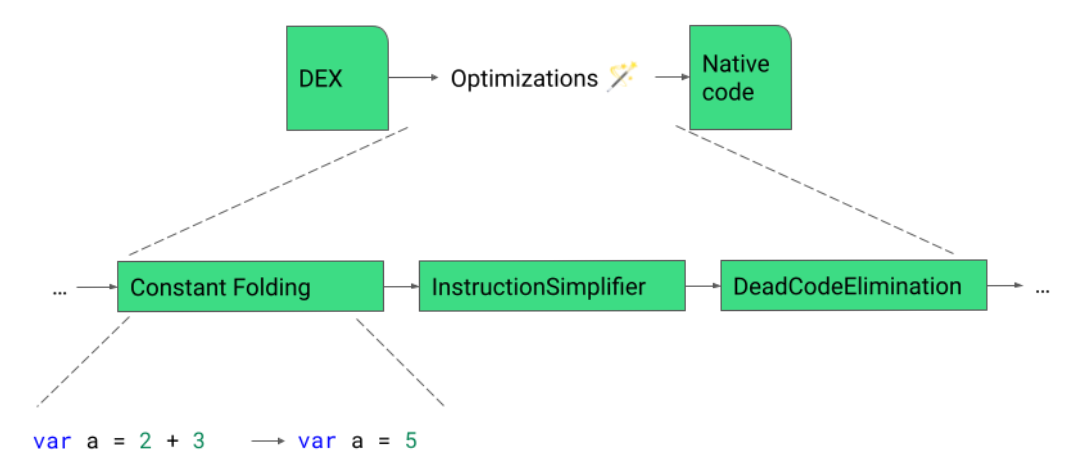
 Previously, we would emit a write barrier for each object modification but we only need a single write barrier because: 1) the mark will be set in
Previously, we would emit a write barrier for each object modification but we only need a single write barrier because: 1) the mark will be set in  Implementing this new pass contributes to 0.8% code size reduction.
Implementing this new pass contributes to 0.8% code size reduction.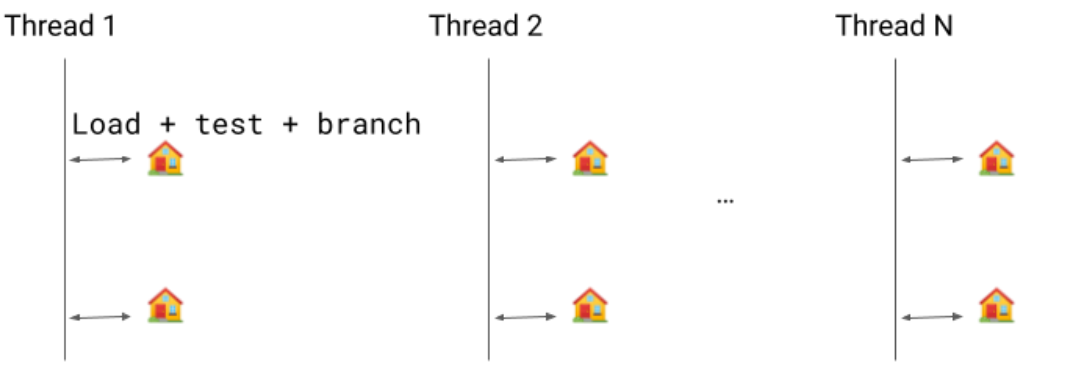



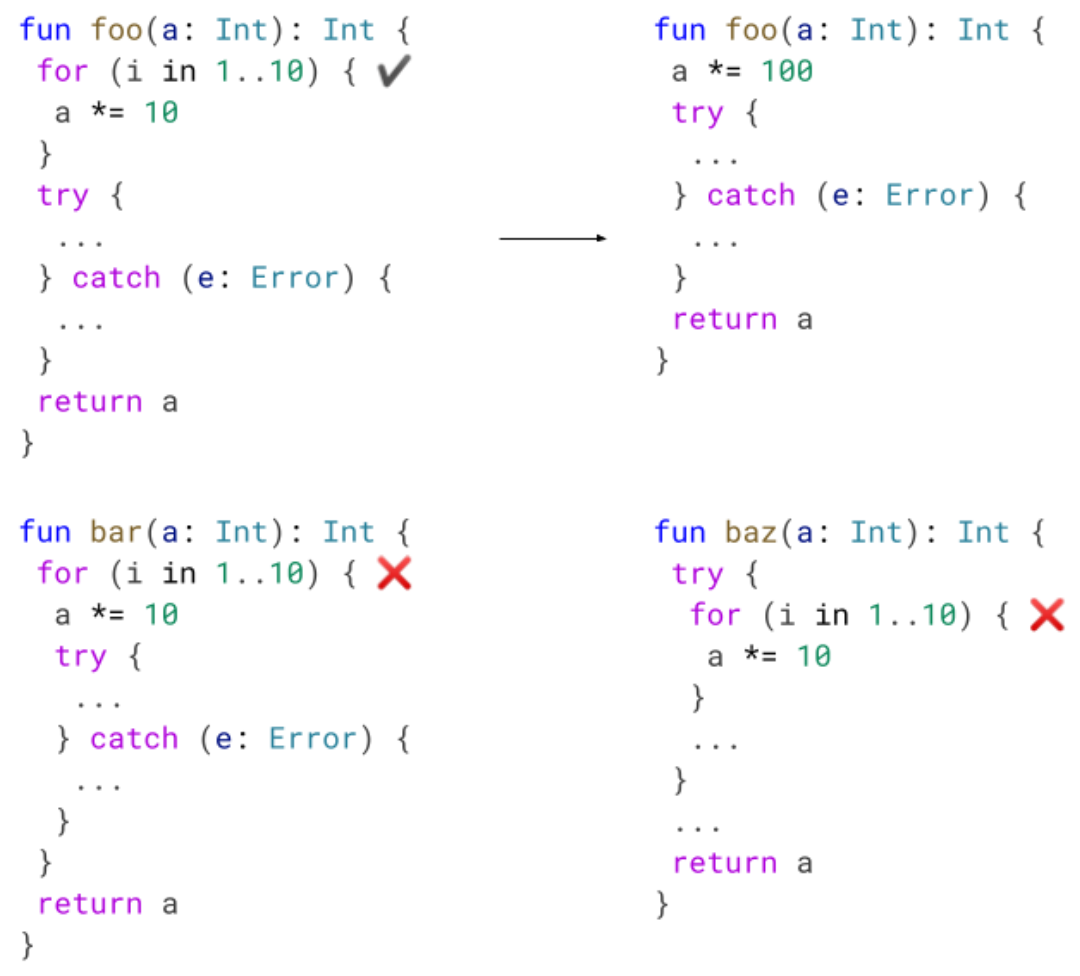
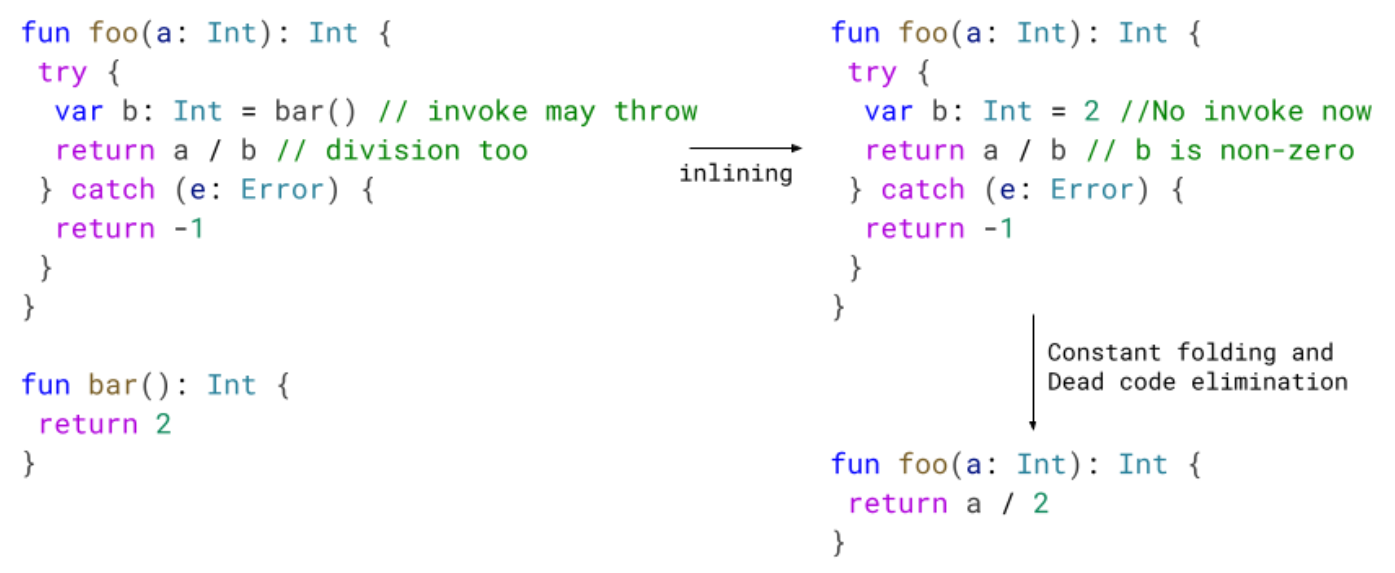
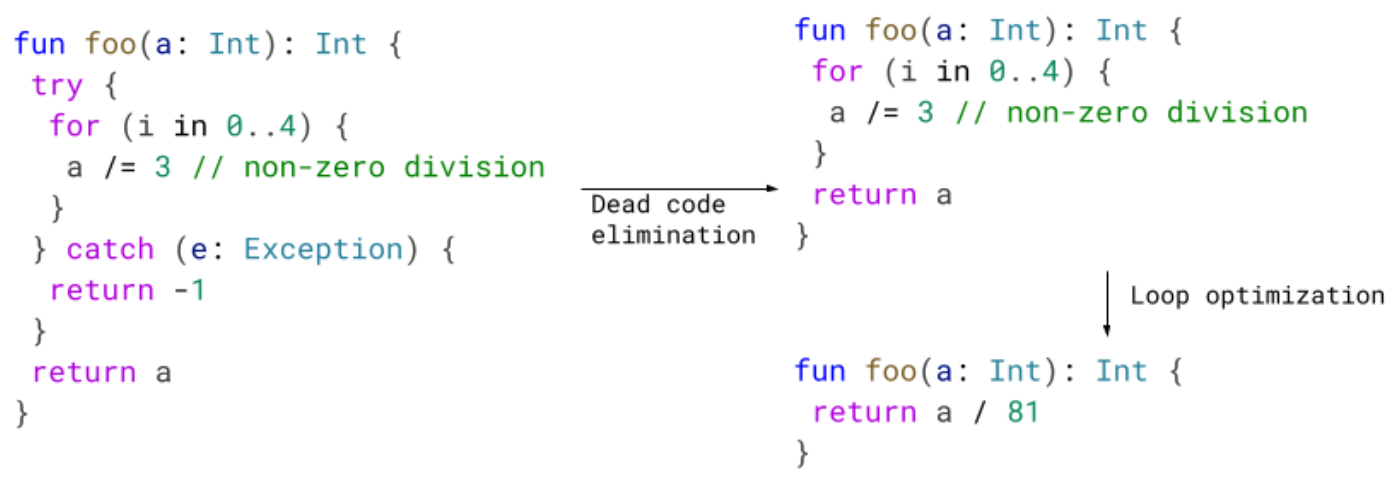



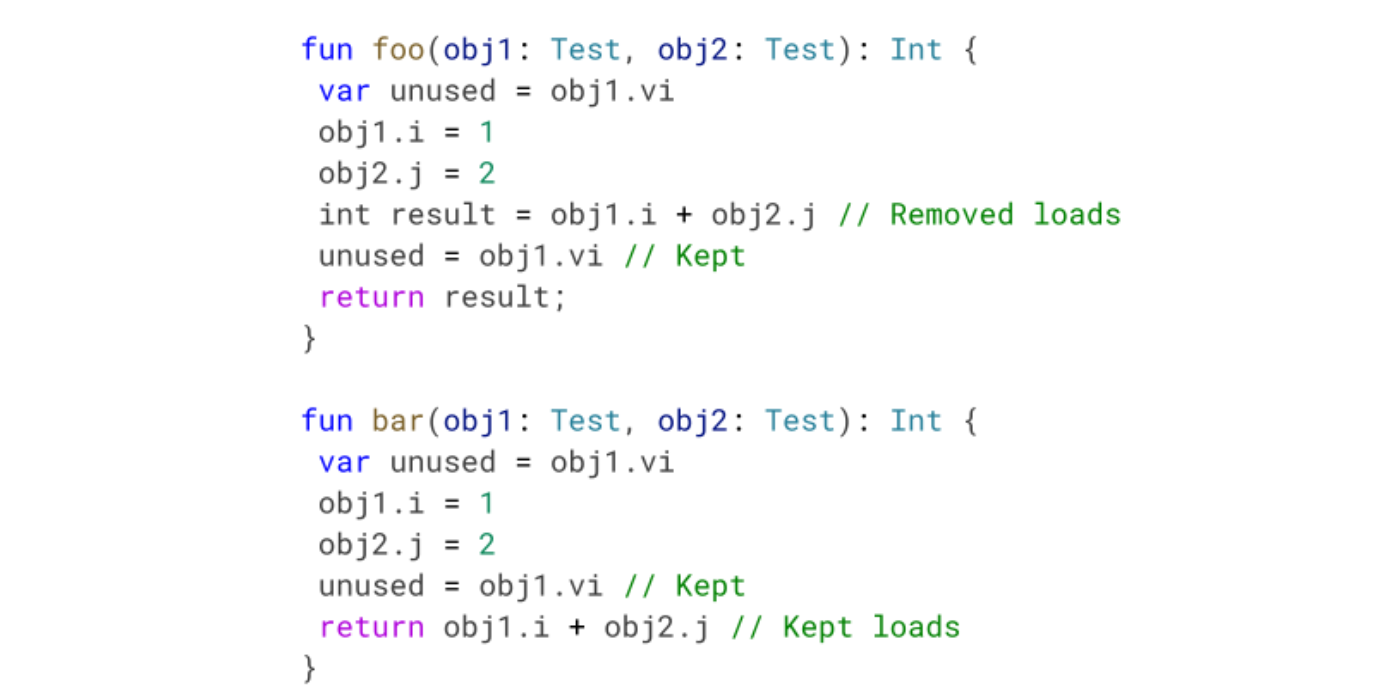

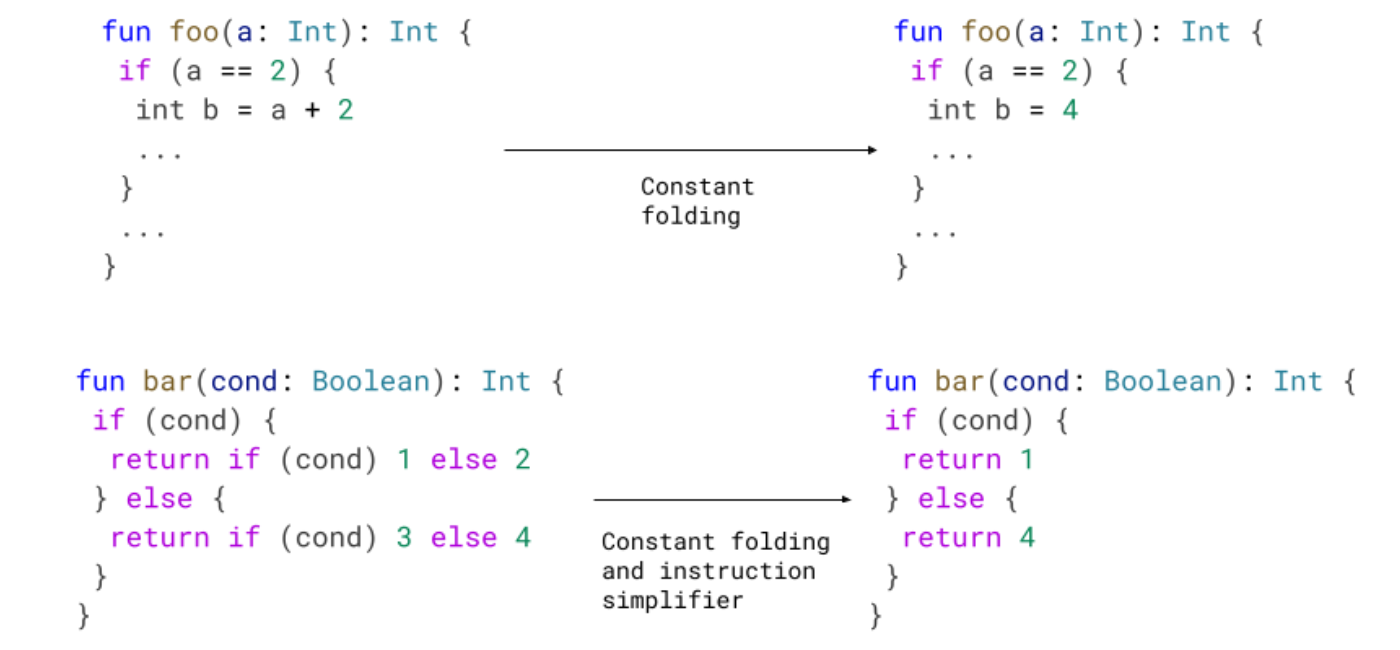
 Posted by Kobi Gluck, Director of Product Management, Google Play
Posted by Kobi Gluck, Director of Product Management, Google Play


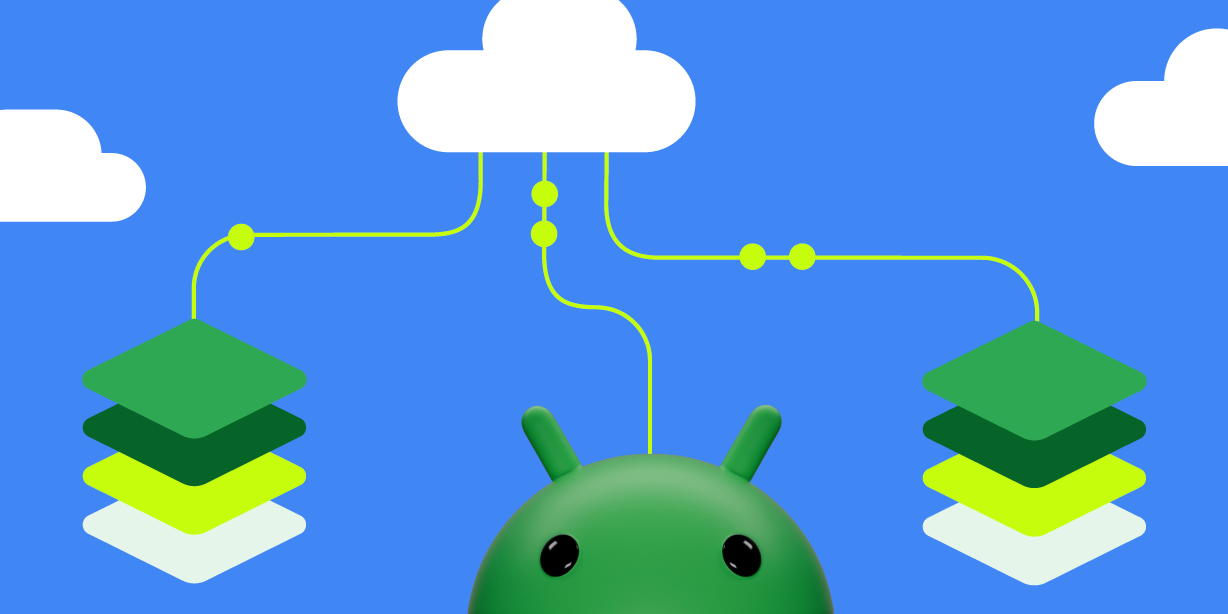 Posted by Aditya Kumar – Software Engineer
Posted by Aditya Kumar – Software Engineer



 Posted by Luke Hopkins - Developer Relations Engineer
Posted by Luke Hopkins - Developer Relations Engineer


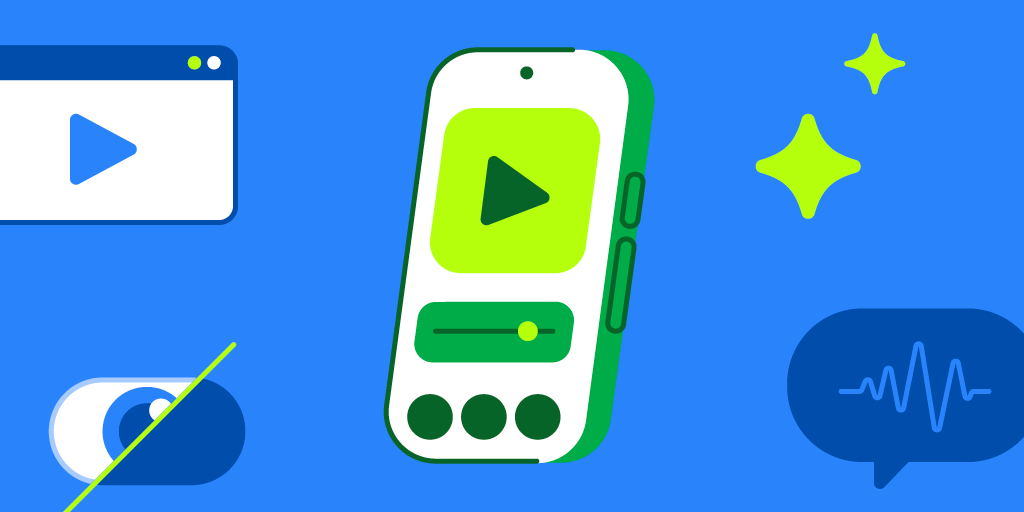 Posted by the Android team
Posted by the Android team


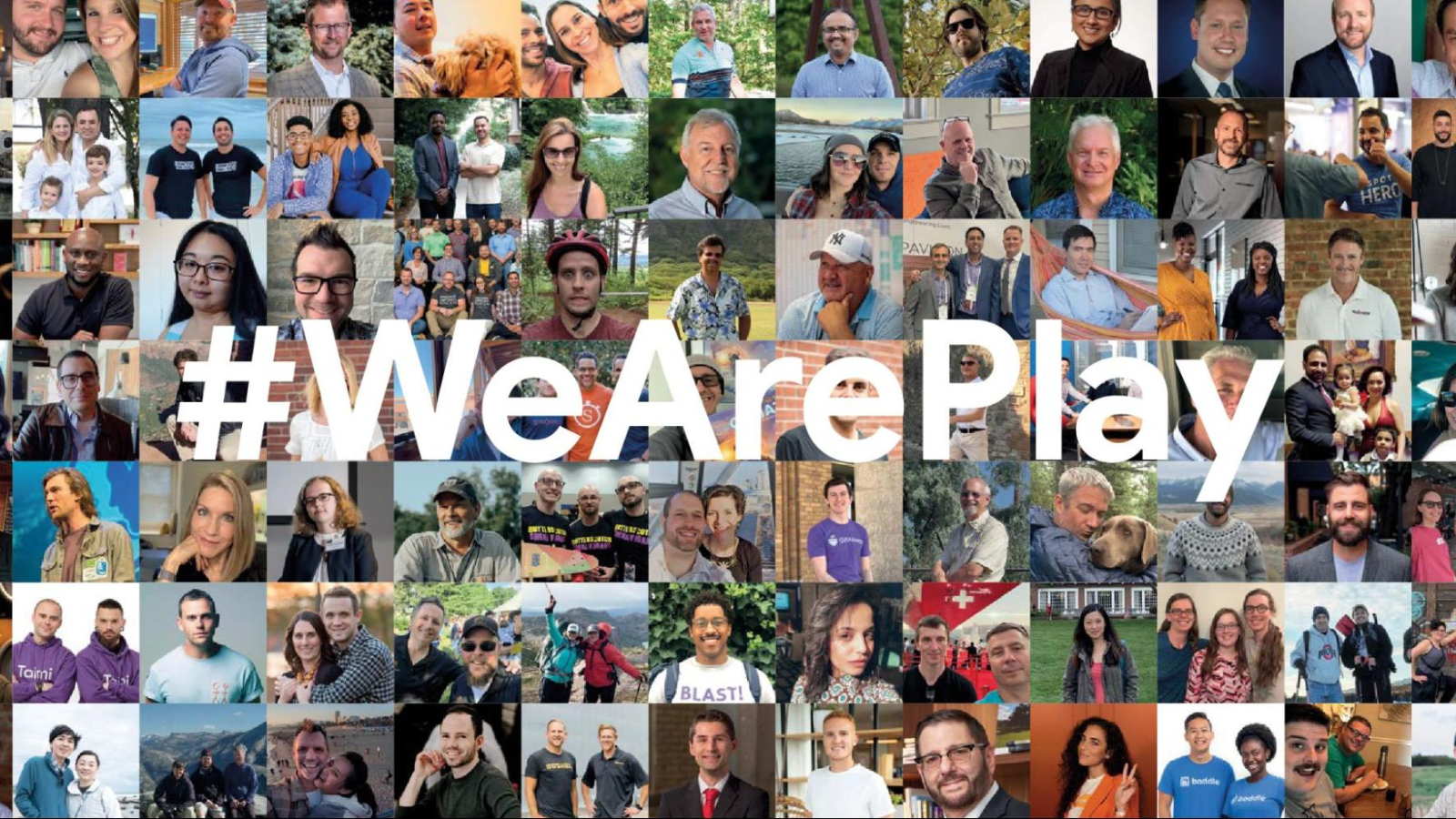 Posted by Leticia Lago, Developer Marketing
Posted by Leticia Lago, Developer Marketing


